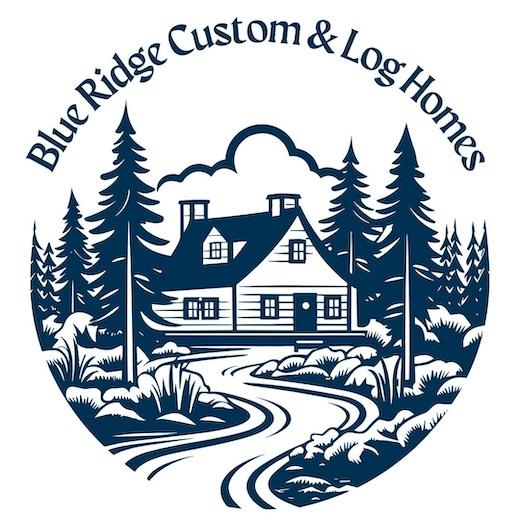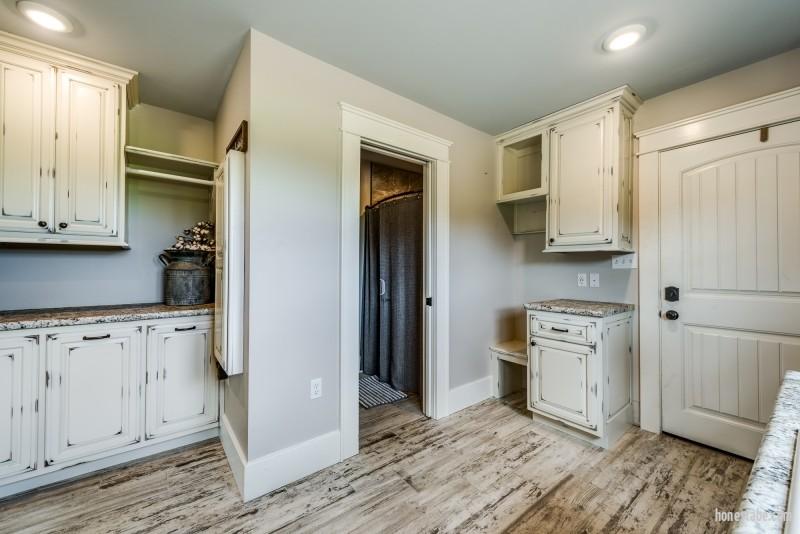A log home in the countryside is the perfect retreat, blending rustic charm with modern comfort. One essential space that enhances both function and design is the mudroom. Traditionally, mudrooms have served as transitional spaces between the outdoors and indoors, helping to keep homes clean and organized. But in a log home, a well-planned mudroom becomes even more vital, offering both practicality and aesthetic appeal.
The History of the Mudroom
Mudrooms date back centuries, originating in rural farmhouses where residents needed a place to remove muddy boots and wet clothing before entering the main living areas. As homes evolved, mudrooms became more common in suburban and country settings, offering a dedicated space for coats, shoes, and other outdoor gear. Today, mudrooms serve as multi-functional entryways, providing storage, organization, and even laundry facilities.
Designing the Ultimate Mudroom
A thoughtfully designed mudroom should maximize efficiency while maintaining the cozy, welcoming feel that defines a log home. Whether you’re building a new log home or upgrading your current space, consider these essential features:
1. Storage Solutions
- Built-in lockers and compartments help organize jackets, bags, and shoes.
- Overhead cabinets store seasonal gear like gloves, hats, and raincoats.
- A bench with hidden storage provides seating while keeping clutter out of sight.
2. Durable Flooring
- Choose materials that withstand heavy foot traffic and moisture, such as stone, ceramic tile, or luxury vinyl plank.
- Heated flooring adds comfort during colder months.
3. Sink and Utility Area
- A deep sink is perfect for rinsing off muddy boots, washing up after outdoor activities, or cleaning pet paws.
- Some homeowners incorporate a pet washing station for added convenience.
4. Laundry Integration
- Including a washer and dryer in the mudroom streamlines the process of cleaning soiled clothes and towels.
- Hanging racks and drying rods provide a dedicated space for wet garments.
5. Adequate Lighting and Ventilation
- Natural light through windows or skylights creates an inviting atmosphere.
- Proper ventilation prevents musty odors and helps dry out damp items quickly.
Do’s and Don’ts of a Log Home Mudroom
Do:
- Plan for ample storage to avoid clutter.
- Use water-resistant materials that can withstand exposure to moisture and dirt.
- Incorporate a boot tray or drip zone to prevent messes from spreading into the home.
- Consider a secondary entryway for direct access to outdoor areas, making it easier to transition in and out.
Don’t:
- Overlook the importance of organization. Without designated storage, a mudroom can quickly become chaotic.
- Neglect proper drainage. If you live in a snowy or rainy climate, a floor drain can prevent water buildup.
- Forget about aesthetics. While function is key, your mudroom should also complement the warm and inviting style of your log home.
The Perfect Addition to Your Log Home
A well-designed mudroom is an invaluable addition to any log home, enhancing both practicality and style. By incorporating smart storage, durable materials, and thoughtful design elements, homeowners can create a space that seamlessly blends with the rustic beauty of their surroundings while keeping their home clean and organized. Whether you’re an outdoor enthusiast, a pet owner, or simply want to maintain a tidy entryway, a mudroom is an essential feature worth investing in.

